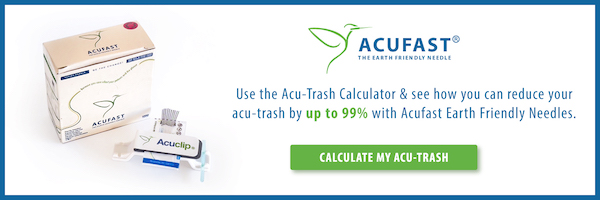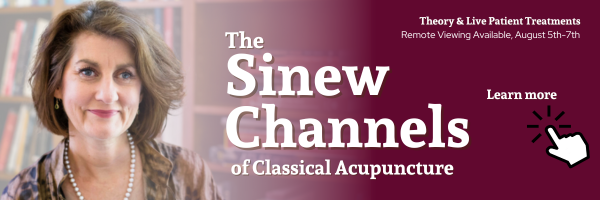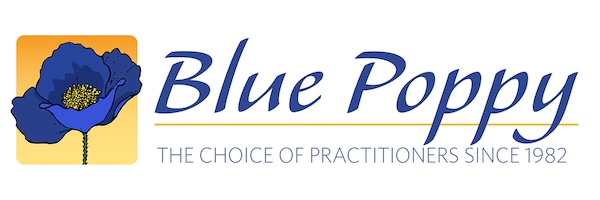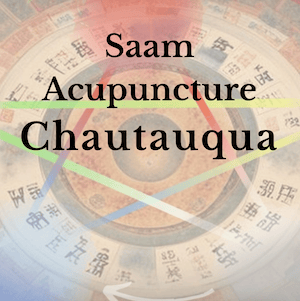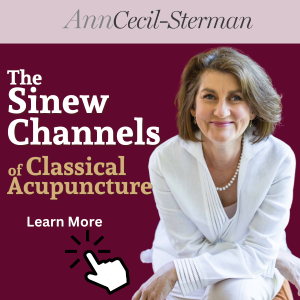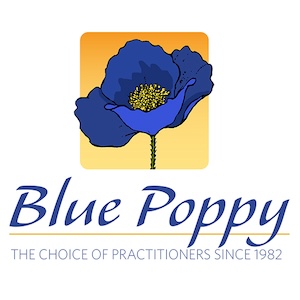What’s more powerful, a whisper or a shout? What has more impact, a punch to the gut or an intended and targeted slight? Strength and power, these are two different things.
In this conversation with Bob Quinn we explore the gentle practice of using the Teishin, and the landscape that emerges as we attend both to the quiet sensitive aspect of the nervous system as it manifests in the skin, and our rooted sense of perception and attentiveness to the space we inhabit with our patients
Listen into this discussion on the potency that can arise from stillness and gentle quiet as you traverse ordinary and sacred space while listening through the teishin.
In This Conversation We Discuss:
- Teishin needles and their materials
- Skin science and its evolving field
- Gentle techniques in East Asian Medicine
- Skin and nervous system connection
- The power of dreams in Chinese medicine
- Listening to the body and focusing on fascia and fluids
- The importance of palpation and vector of engagement in acupuncture
- Spatial awareness and perception in acupuncture practice
- Gentle bodywork techniques
How to sedate a region in excess, e.g., tight low back, with a teishin
Assuming you are right-handed, hold the teishin tip level with the tips of your right index finger and thumb. With your left index finger and thumb create a slight tension in the skin, and on that line of tension, simply touch the teishin tip. Then move to an adjacent area and repeat the sequence of creating skin tension and lightly touching the tip of the teishin to this line of tension. The movements should be rhythmic. Move randomly over the area to be sedated in this fashion. One minute is more than enough for the entire lumbar zone to be treated in this way.
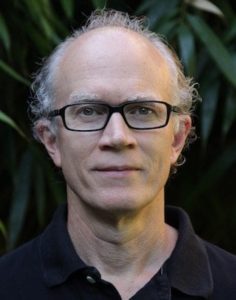 I am some sort of fusion between a bodyworker and an acupuncturist. I have studied many styles of acupuncture and numerous bodywork approaches, and in both fields I have wandered ever in the direction of gentler and gentler and yet gentler organizing ideas.
I am some sort of fusion between a bodyworker and an acupuncturist. I have studied many styles of acupuncture and numerous bodywork approaches, and in both fields I have wandered ever in the direction of gentler and gentler and yet gentler organizing ideas.
This fusion is seen in my work in Yin Sotai. It contains elements from various of my influences: Trager Bodywork, Feldenkrais ideas, Anat Baniel's Neuromovement, Koshi Balancing, Engaging Vitality, and traditional Sotai of course.
I am exploring in my work what it might mean to examine further Buckminster Fuller's idea of trying to accomplish ever more with ever less stimulation. He called this “morewithlessing.”
How to sedate a region in excess, e.g., tight low back, with a teishin
Assuming you are right-handed, hold the teishin tip level with the tips of your right index finger and thumb. With your left index finger and thumb create a slight tension in the skin, and on that line of tension, simply touch the teishin tip. Then move to an adjacent area and repeat the sequence of creating skin tension and lightly touching the tip of the teishin to this line of tension. The movements should be rhythmic. Move randomly over the area to be sedated in this fashion. One minute is more than enough for the entire lumbar zone to be treated in this way.
 I am some sort of fusion between a bodyworker and an acupuncturist. I have studied many styles of acupuncture and numerous bodywork approaches, and in both fields I have wandered ever in the direction of gentler and gentler and yet gentler organizing ideas.
I am some sort of fusion between a bodyworker and an acupuncturist. I have studied many styles of acupuncture and numerous bodywork approaches, and in both fields I have wandered ever in the direction of gentler and gentler and yet gentler organizing ideas.
This fusion is seen in my work in Yin Sotai. It contains elements from various of my influences: Trager Bodywork, Feldenkrais ideas, Anat Baniel's Neuromovement, Koshi Balancing, Engaging Vitality, and traditional Sotai of course.
I am exploring in my work what it might mean to examine further Buckminster Fuller's idea of trying to accomplish ever more with ever less stimulation. He called this “morewithlessing.”
Links and Resources
Get Bob's book, A User's Guide to the Teishin and Enshin: A Quiet Revolution in Traditional East Asian Medicine
Here's an article on the skin science that Bob referred to in the conversation.
Subscribe To This Podcast In Your Favourite Player
Shop Talk with Toby Daly
A Glimpse of Saam Acupuncture
In this short conversation Toby and Ji Lin discuss some of the basics of Saam acupuncture. How it uses a combination of the yin and yang, the five phases, and the six confirmations. Additionally they touch on the way the system combines yin and yang organs in a novel way, that actually makes a lot of sense when you see the dynamic complementary relationships that are involved.
Qiological is offering a live in person (and livestream) class this June on Introduction to Saam Acupuncture: The Acupuncture of Wandering Monks. Visit the website for details and to register.
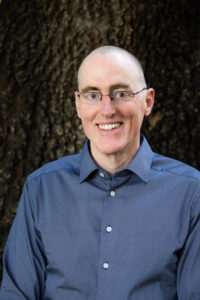 Toby Daly, L.Ac, Ph.D
Toby Daly, L.Ac, Ph.D
Toby began studying Chinese medicine in 1997 with Sunim Doam, a Korean monk trained in the Saam tradition. He earned his master's degree in Traditional Chinese Medicine in 2002 upon completion of training at the American College of Traditional Chinese Medicine in San Francisco and Chengdu University in China.
During his four years of training in San Francisco, he interned with the prominent acupuncturist Dr. Angela Wu and learned to apply the lofty theories he was studying in school into the pragmatic setting of a busy clinic. Afterward he completed a PhD in Classical Chinese Medicine under the guidance of 88th generation Daoist priest Jeffery Yuen.
Toby developed the Chinese Nutritional Strategies app to provide digital access to the wealth of Chinese dietary wisdom and the Chinese Medical Characters app to enable direct access to foundational Chinese medical terms and concepts. In 2023 he published his first book, An Introduction to Chinese Medicine a Patient's Guide to Traditional East Asian medicine.
For the past four years he’s been teaching the Saam method as it was taught to him by his teacher.

